Is it possible to write these constraints in Lp solver?
I want to check whether two rectangles are overlapping or not? Let us assume, there is one rectangle whose left bottom corner is (xk, yk) and (wi,hi) be there width and height respectively. Similarly, there is another rectangle for this left bottom corner is (xl,yl) and (wj,hj) be the width and height.
I can write for pair of (i,j) rectangles that they will not overlap such that
There does not exist any J such that
{xk < (xl+wj)^(xk+wi)>xl}^{yk<(yl+hj)^(yk+hi)>yl}
how can I write it in Lp Solver or can I use OR operator?
Thanks
